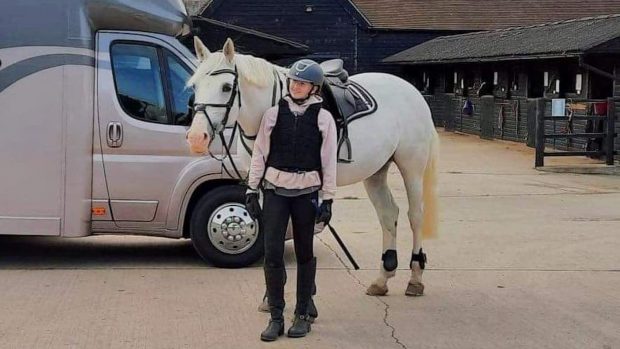As bone is largely comprised of the minerals calcium and phosphorus, is it natural to think that all bone problems would have a nutritional cause.
Problems such as developmental bone disease in fast-growing youngstock can be linked to nutrition. This normally occurs when an incorrect balance of nutrients is supplied.
Research has shown that reduced levels of starch in growth feeds can help create the right conditions for the correct formation of bone from cartilage. The correct balance of vitamins and minerals is also vital at this time.
The ideal ratio between calcium to phosphorus should be 1.5-2.1. If the calcium to phosphorus ratio is wrong, calcium is leached from the bone to compensate. In chronic cases this can result in the build-up of fibrous connective tissue, which will result in bone-related problems.
In comparison, bones problems that are associated with exercise, such as stress fractures, are far less likely to have a nutritional cause.
Stress fractures are common in all athletes, including horses in training. They occur when a greater than normal strain is put on the skeleton. Areas such as the pelvis are commonly affected and stress fractures are usually related to exercise intensity rather than nutritional insufficiency.
It appears that the key issue is bone adaptation. Bone is an active organ, fulfilling support, movement, mineral reserve and blood production functions, and it changes its strength according to the workload put upon it. Bone strength increases with exercise, but only after undergoing a period of weakness first.
In early training it is essential not to over-stress the bone, while the strengthening process is taking place. New research suggests that short sharp bursts are beneficial for developing resistance to fracture.
Care must also be taken after a horse has been on box-rest. A decreased workload results in a reduced bone mass and strength of up to 5% after a 12-week period. When the horse returns to work time must be allowed for bone strength to redevelop.
Horses that are most likely to suffer from stress fractures include:
- Immature animals subjected to high levels of exercise
- Horses asked to do fast work without sufficient conditioning or warm up
- Horses brought back into training too quickly after a rest




